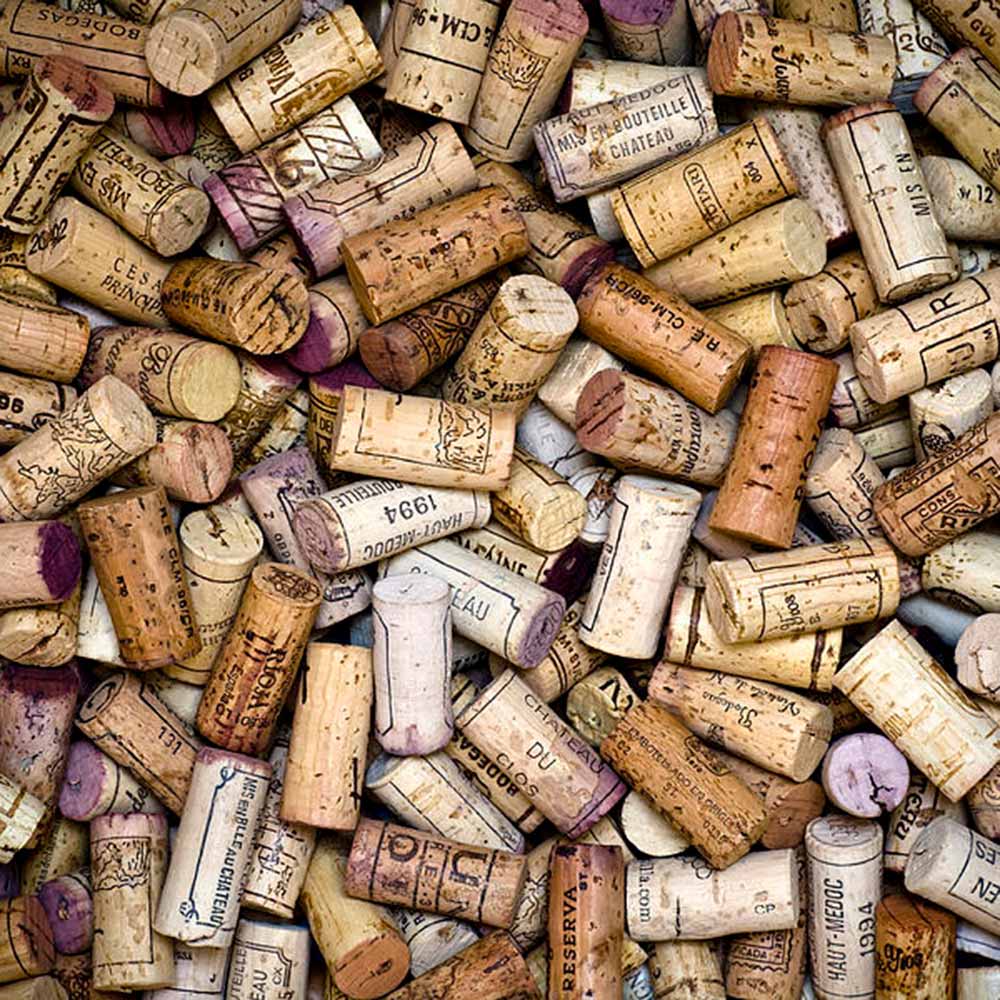By Stewart Butler Originally Posted December 21st, 2017
Keep poppin’ those corks for the love of our environment! This article examines why it’s essential to keep our cork-oak forests alive and healthy – Marla Priest
Christmas is just around the corner and with it flying reindeer and over-sized turkeys, carol singing, and tinsel covered trees. The holiday season also means wine-drinking (and the younger and more excited your children, the more bottles of wine you’ll likely require). For those of us who imbibe, it’s almost impossible to imagine a Christmas without wine. It would be like a Christmas without a fat man in a red suit trying to squeeze down the chimney.
Speaking of opening bottles of wine, I’d suggest you go and pour yourself a nice big glass and then sit down because—and I’m sorry about this—I’m about to spoil the Christmas spirit by getting all environmental and serious with you.
While wine-drinking is an ancient form of merry-making, the way we cap our bottles of wine is changing. And that could spell bad news for the plants and animals of the western Mediterranean.
That bottle of wine I just asked you to open: What was the stopper made of? Was it a traditional cork stopper? A metal cap like a bottle top? Or an easy-to-open screw cap? Not so long ago, it almost certainly would have been a cork stopper. But today that’s not necessarily the case, and the ever-increasing use of synthetic wine stoppers is threatening the cork-oak forests of the western Mediterranean.
Most of the cork we use as wine bottle stoppers comes from cork-oak forests, but those forests are starting to disappear. There are a number of reasons why. Climate change, increasing forest fires, and overgrazing all play a significant part in overall forest loss. But another reason for cork-oak forest decline is that synthetic wine bottle stoppers are replacing traditional cork—which has been used as a wine bottle stopper since the time of the classical Greeks. As this happens, the need for farmers to maintain cork forests decreases, and what was once biologically diverse woodland gets converted to other uses such as mono-crop farming. This might not sound like anything to get too heated up about, but take a deep sip from that glass of wine as I explain why this is alarming.
Read full article here…

